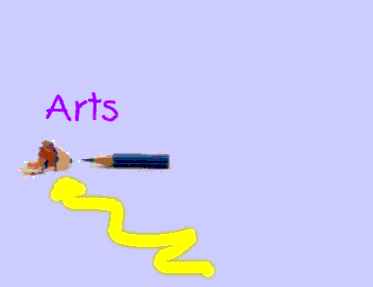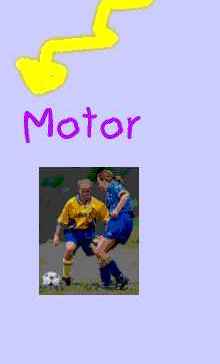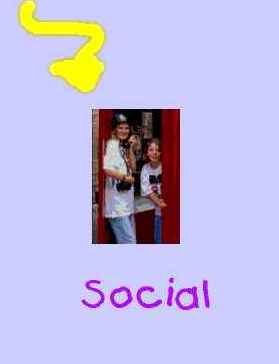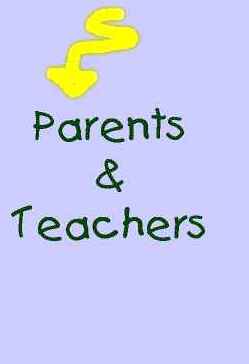The
above advertising/sponsorship is provided by Angelfire.com and may not
represent my views.
|

|
Social skills are THE most important skills to be
learned in our society, in my opinion. On our own, we can research
the "how's" and the "why's" of the world. But we live
in a social community -- except when we are sleeping, we are interacting
with others for the most part of our day. We need to know how to communicate, negotiate, compromise, work as a team, stand up for our
rights and beliefs, and be supportive to others.
How do we learn to do
this?
We learn most of this through example. The people we are
interacting with, listening to, or watching, are our role models. The results of
their actions will indicate to us whether or not we want to copy what they
did.
Was it rewarded? Was it a positive experience, from our point of
view? Are they respected? Trusted?
We are also guided directly by other people in our lives. Children have
parents and educators who are teaching them "how" to
interact in an appropriate manner --guiding
them to be self-disciplined.
So what is the purpose of a
camera??
There are now actual children programs aimed at teaching them social
skills.
Right up there with math lessons and phonics are social skills
programs.
The camera can be a vital tool to be used to demonstrate social
interactions or as a springboard for a debate.
Here are some ideas to start with.
|
|
Using
the Camera
- talk with the children about interactions with others: (social
skills) What
behaviours hurt their feelings, make them angry, are confusing. How do
they prefer to be talked to, questioned, directed to do something?
Photograph the interactions as a visual reminder of the discussion.
- dramatizations: have the children create
scripts for plays or do
improvisations, demonstrating both appropriate and
inappropriate interactions. Photograph the plays, capturing the results so
you can post the pictures, acknowledging their work.
- debates: use the photos to discuss how each of
the participants felt prior to, during, and after the interactions.
How could they have done things differently? What factors should
they have considered before speaking or acting? (how does the other person
feel, what are they thinking, do they know all the facts, what was my role
in this)
- community photos: take pictures of people in
cars, walking, interacting (don't take pictures of faces unless you have
permission). Discuss where they might be going, what they are
thinking. Build the children's sense of empathy and ability to put
themselves in the other person's shoes.
- abstract: have children take photographs of
objects that represent different feelings to them (ex. painting using
black paint may be sad; bird in flight might be freedom)
- collages: make a collage of photos representing
different emotions, conflicts; add a poem, or a word border describing the
collage
- helping hands: take photographs of people
helping people; frame them onto a hand shape, and build decorate a tree
with the helping hands, or use them as a room border
- toddler's words: young children's lack of
vocabulary is so very frustrating for the child who can't tell you that
they are hungry, thirsty, angry, frustrated. Take pictures of
the child in various situations. Use the photographs as a
communication tool by having them point to a photograph to help
communicate to you what they are wanting. You can then use the opportunity
to model the appropriate words.
|
|
Back to Today's Child
|
Back
to Photography Page
|






Any more ideas?? Please share them!
Email: msdebbiep@yahoo.com
copyright, 1999: Debbie Roswell
|